Needed to complete wiring for my Zeitronix gauge/data logging system, and my Aquamist methanol injection. While I was at it, decided to give this a try…
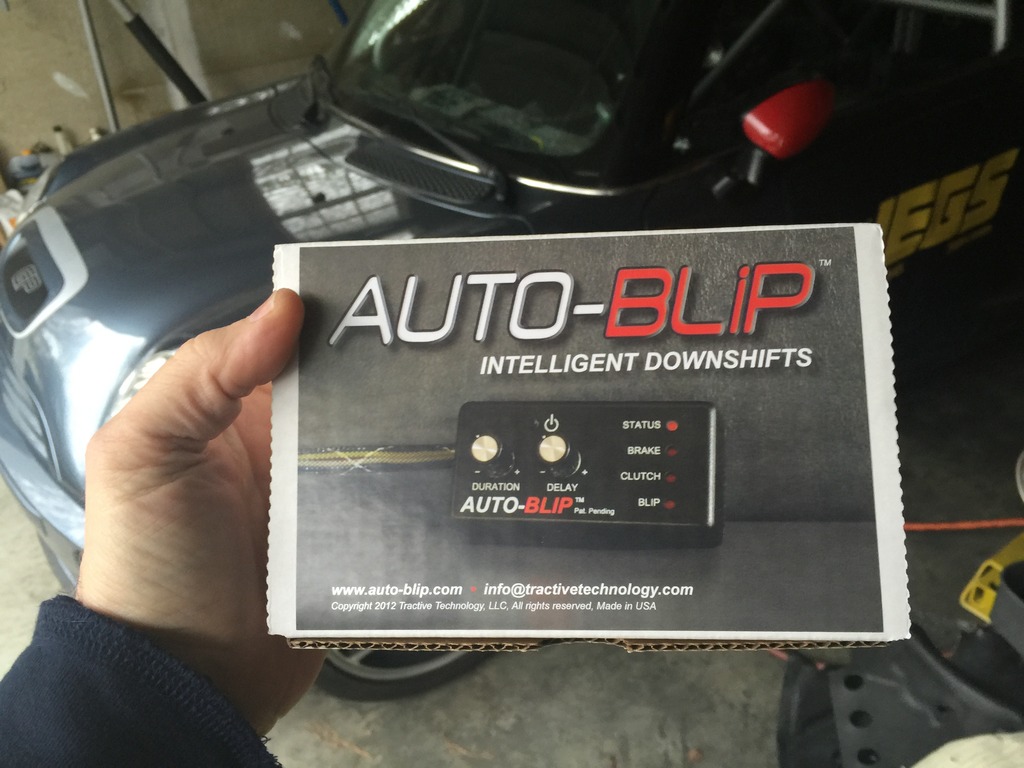
Because my heel-toe action SUCKS. The Auto-Blip connects to the brake and clutch switches, and the accelerator pedal circuit. It detects when you (1) have the brake depressed and then (2) press the clutch all the way in to shift. It assumes this means you’re downshifting. So it then waits from zero to .5 seconds from when the clutch hits bottom (settable), and blips the throttle an amount that you set. Takes a little trial and error to get the delay and duration of the blip just right, but once it’s setup, it’s supposed to be a good thing. We’ll see.
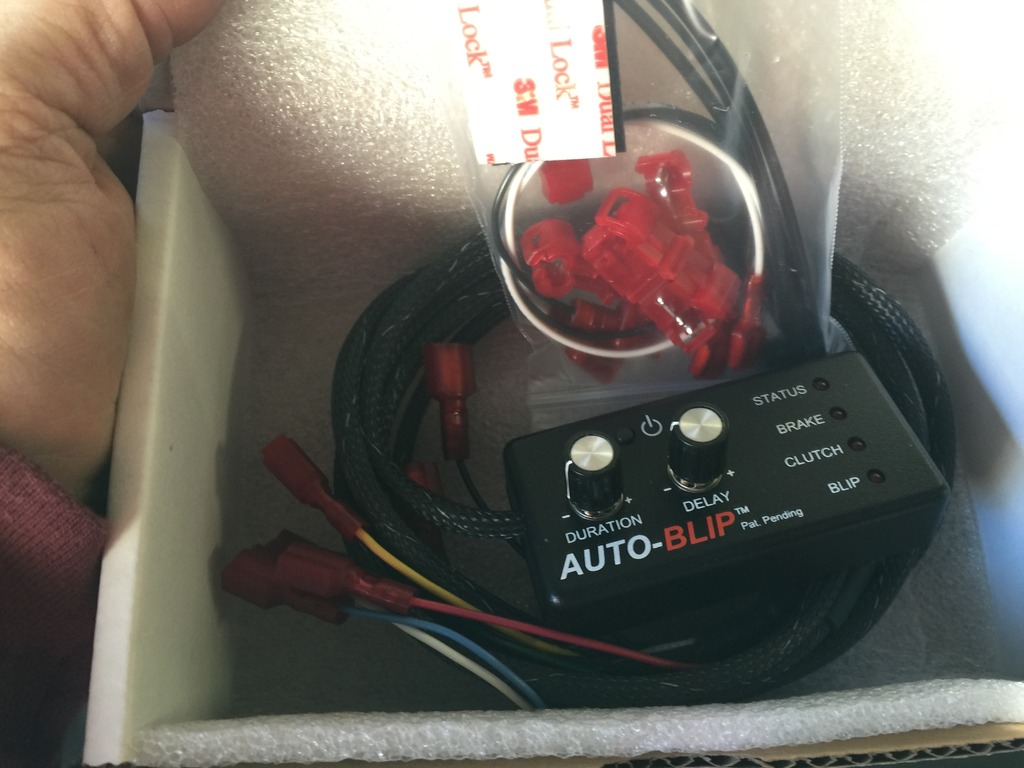
I wired everything in the engine bay, pulled everything back through to the footwell, bundled stuff up out of the way, and cut everything I could to length. Crimped on dozens of connectors. The auto-blip was easy… the harness has spade connectors already on it, just need to snap taps on the right wires, and connect it up.
This is almost done… just doesn’t look like it.
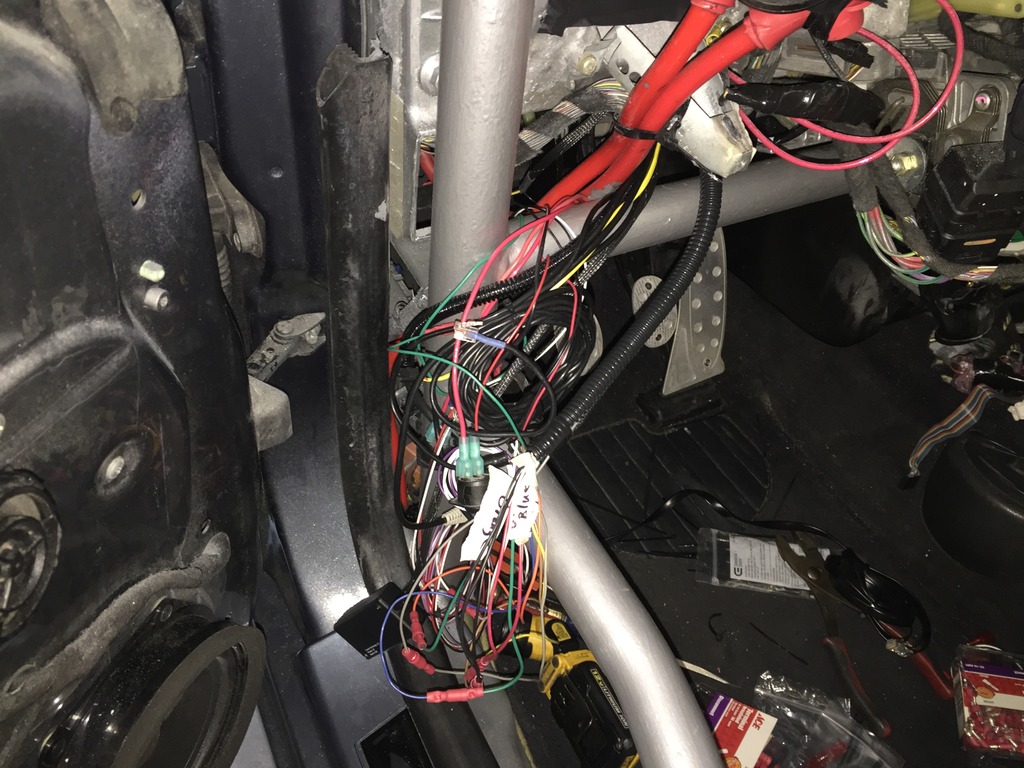
Got the wire bundles up behind the parcel shelf, with the controllers for the Zeitronix, Aquamist, and Auto-Blip in the shelf. Wired master on/off switches for the Auto-Blip and Aquamist, so I can shut those down when not needed.
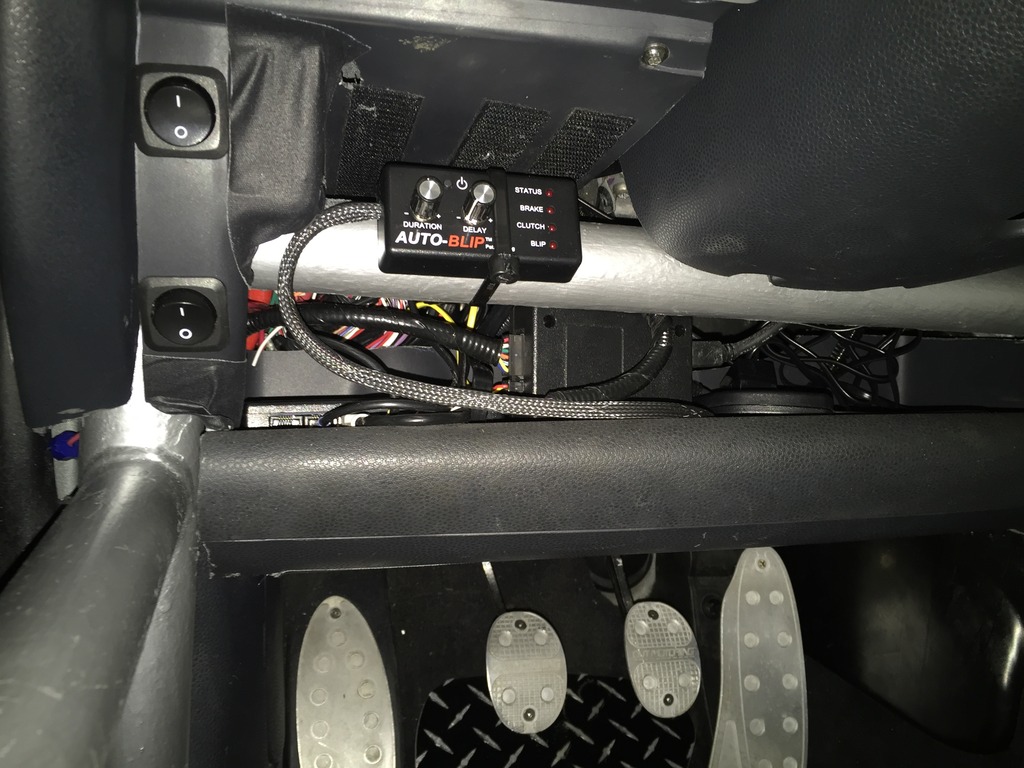
Installed seat heater in the passenger seat, to match my factory-installed driver’s seat heater.
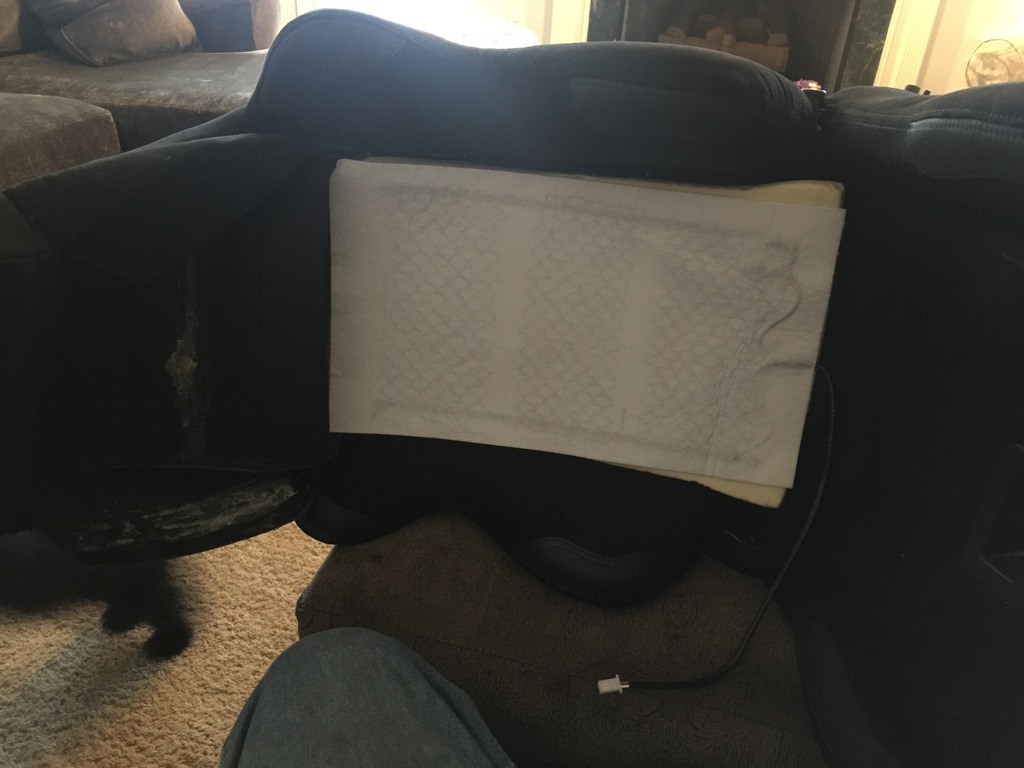
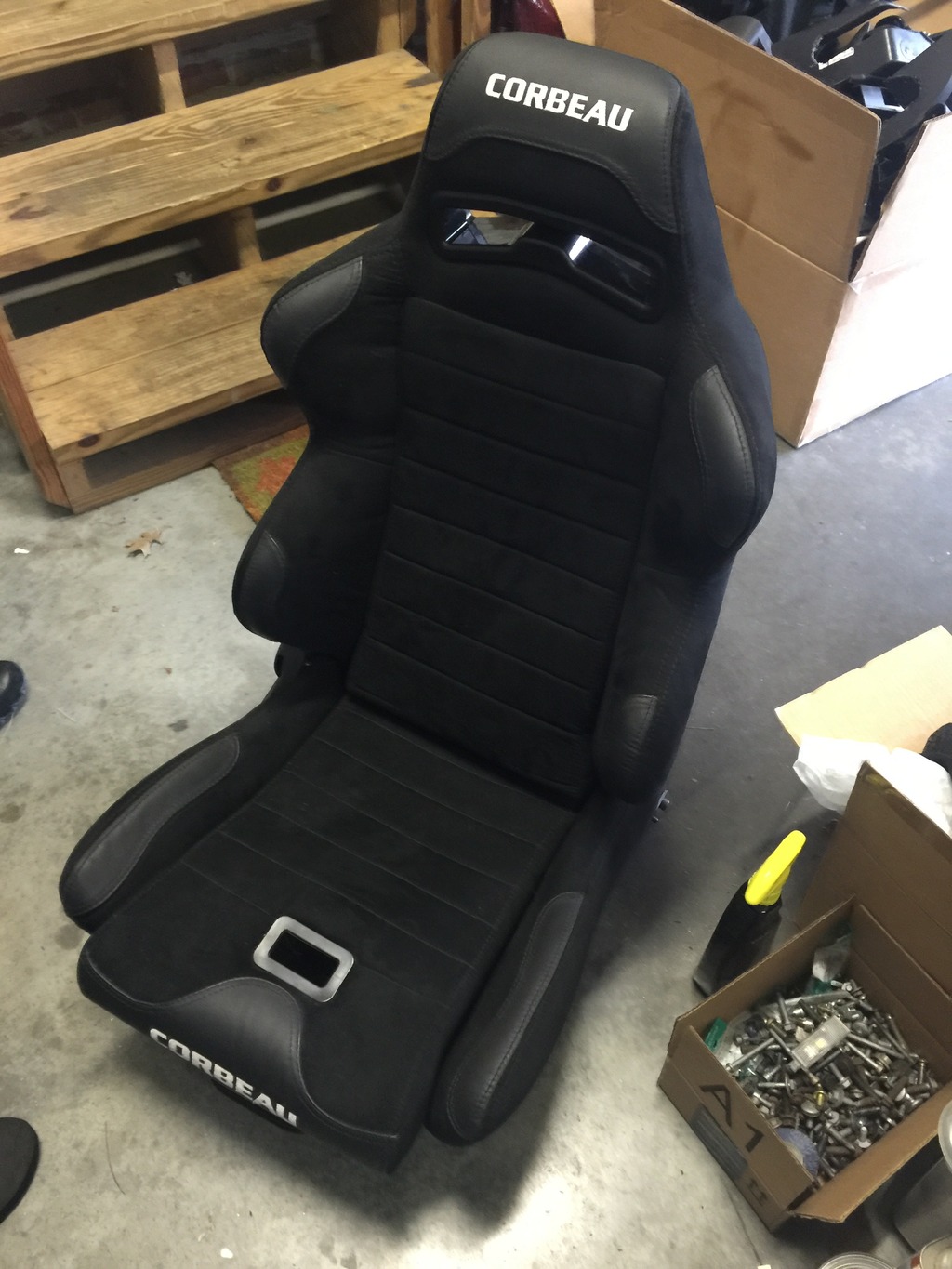
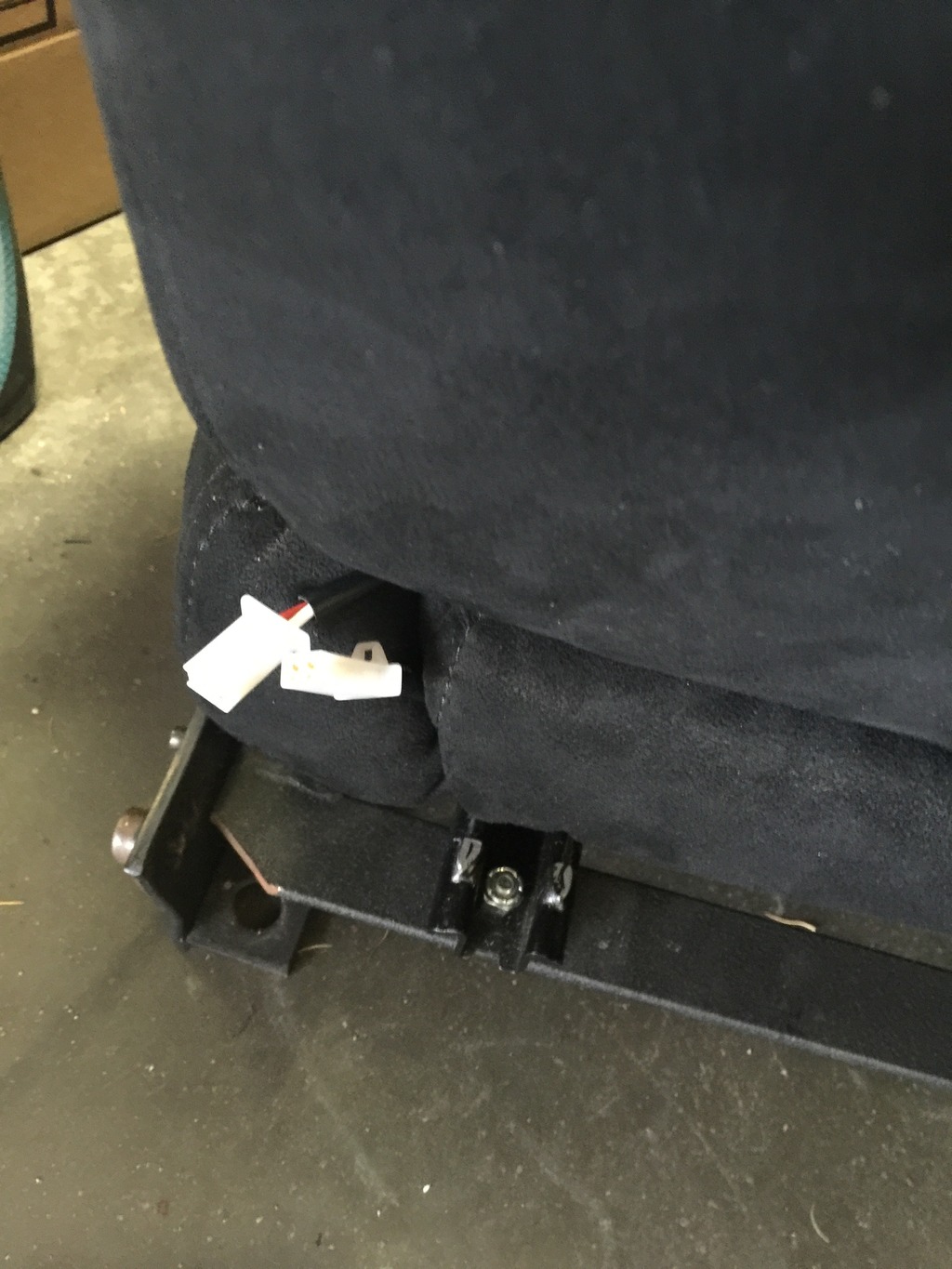
Removed the switches for the OEM seat heaters, drilled out the housing, and installed the aftermarket heater switches. Routed cables and wired into the OEM heater circuits, so they use the existing fused seat heater circuit.
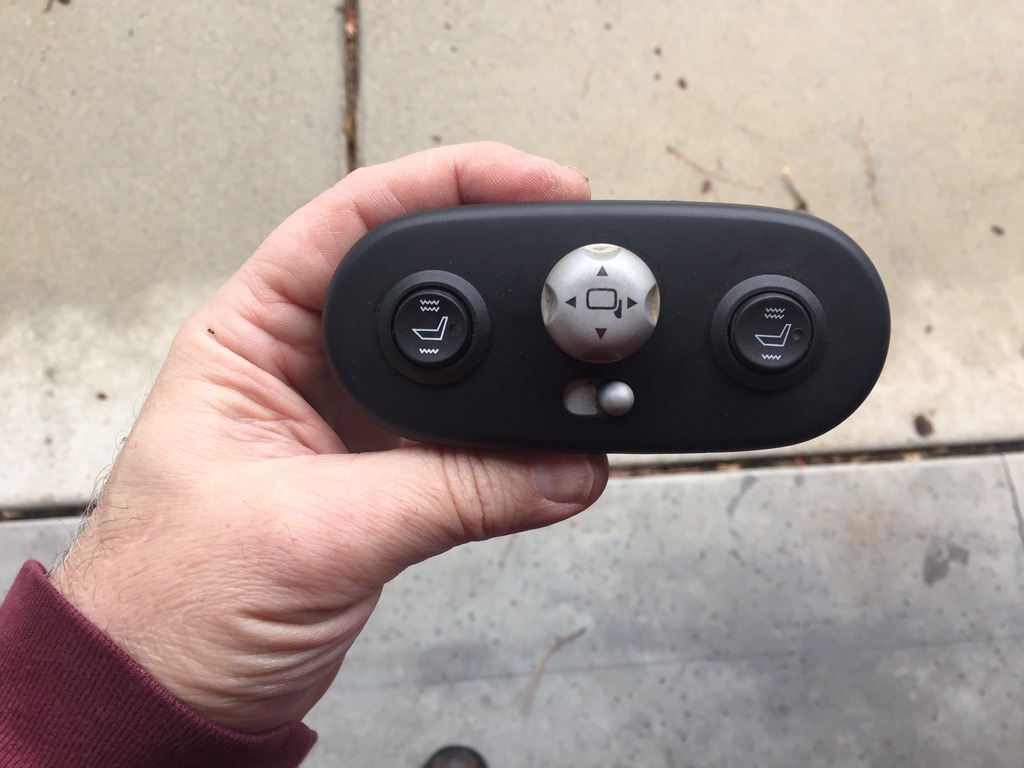
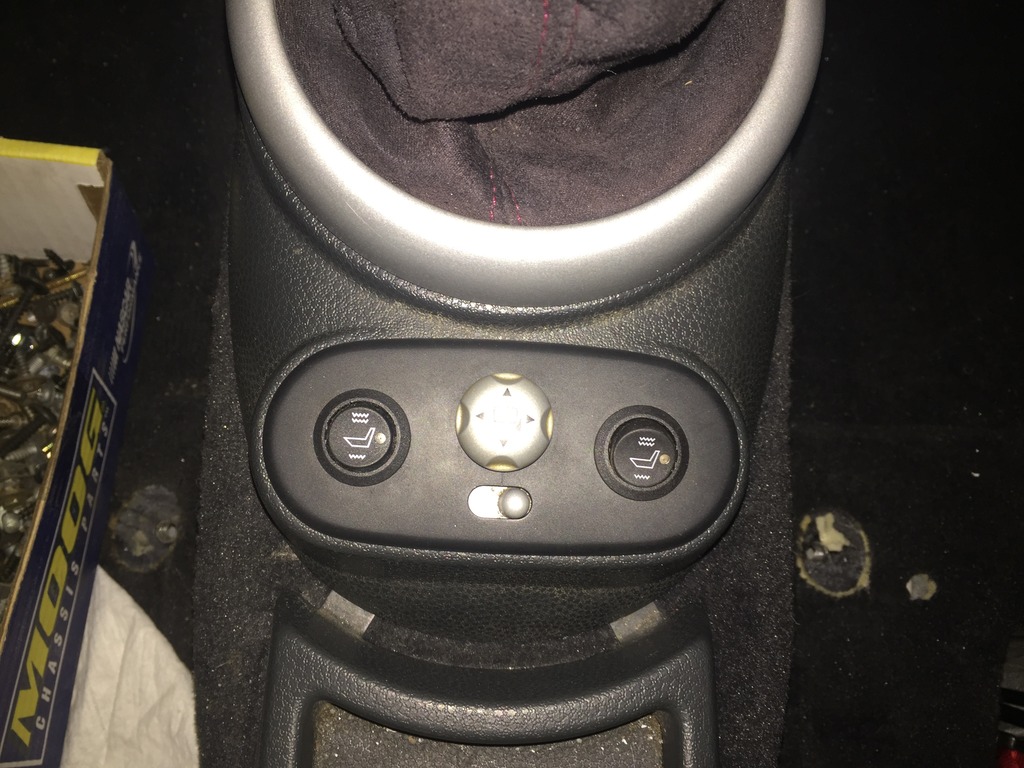
Reinstalled the interior, almost all done. I didn’t like the way the first set of sill covers fit around the cage, so I fit another pair, much better. Also figured out how to fit the A-pillar covers and have one of those done so far. Routed the microphone for the Dension bluetooth kit to the factory location in the overhead panel. Test fit my new diamond plate floor mats for the track.
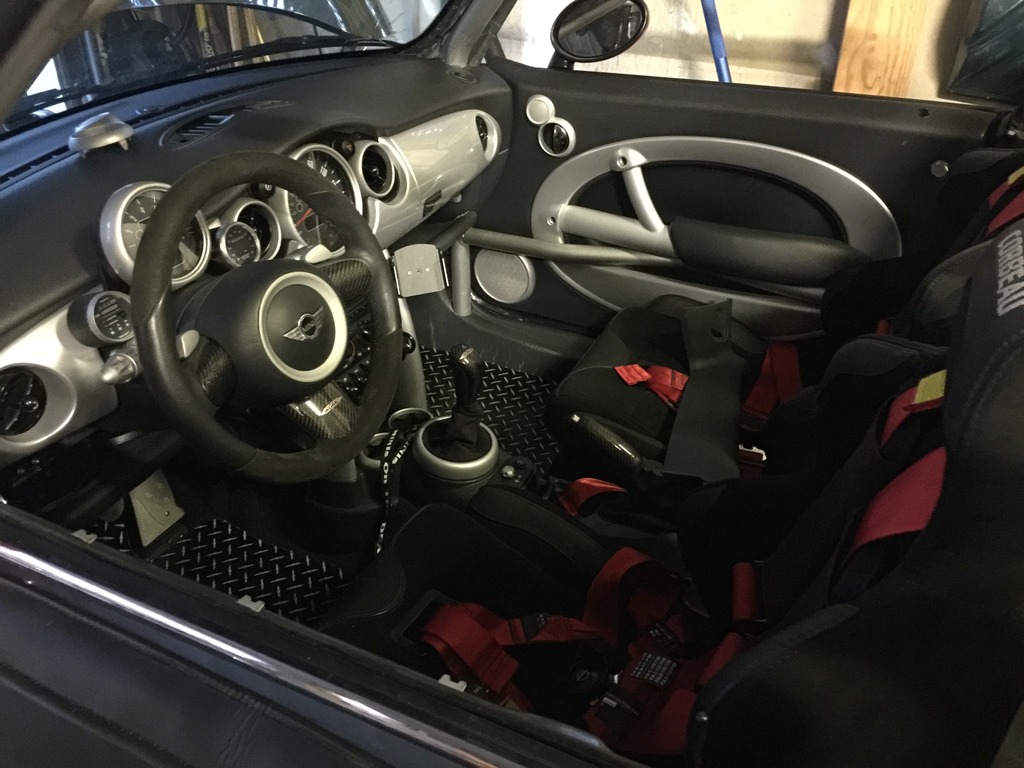
A few more hours in the next couple of days to get the last A-pillar cover done, solder a broken wire on a speaker, install the driver’s interior door panel, pad the cage, reinstall some weather strips, finish plumbing the Aquamist, and finish up installing my new boost sensor under the hood. Then will be ready for track inspection and new windshield on Saturday
You know, just more cut-and-paste.
|
Didn’t take you long on the auto blip, lol….
Glad it was an easy install. I don’t think anyone has done it on a MINI yet. Setting duration and delay is going to have to be done at threshold braking, but you knew that already… Have you tested the lights yet? Some people have had to switch wires around; they haven’t always correctly corresponded, although is should be straightforward, but then again you might be the first person who’s installed it on a MINI. |
Yep, the guys at Tractive said this was the first MINI install they’re aware of.
Once I worked through the MINI wiring diagrams and figured out what to tap into, everything was easy.
There’s a “calibration” routine you do when you first fire it up, basically put it in calibration mode and then go through a sequence of button presses and pedal presses and releases, so it verifies the connections and learns what “pressed” looks like for each pedal, and learns what the range is on the accelerator.
I did that, and everything just worked. Once done, the brake and clutch lights come on as they should when those pedals are pressed.
I wired in a master on/off switch so I can normally leave it off. Otherwise the Auto-Blip comes on by default when the car is turned on. You have to manually switch it off if you don’t want it active.
